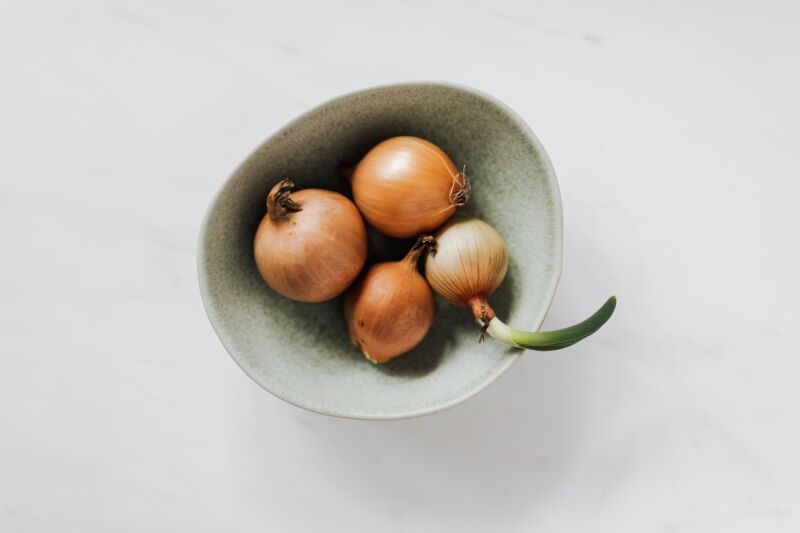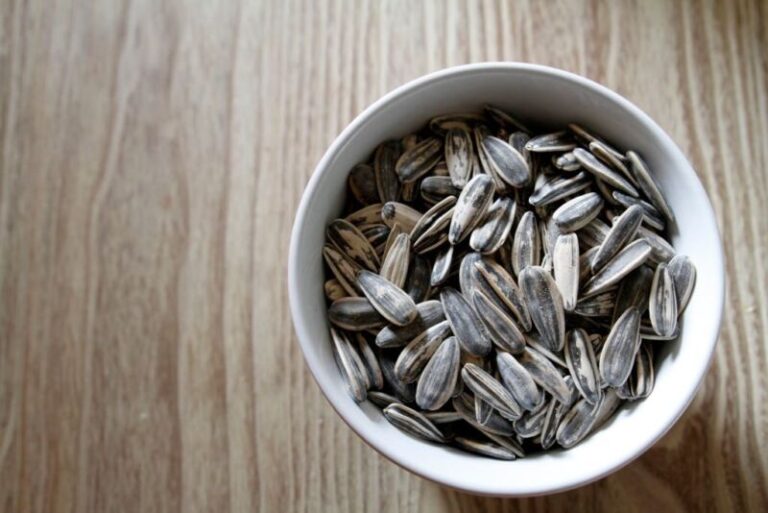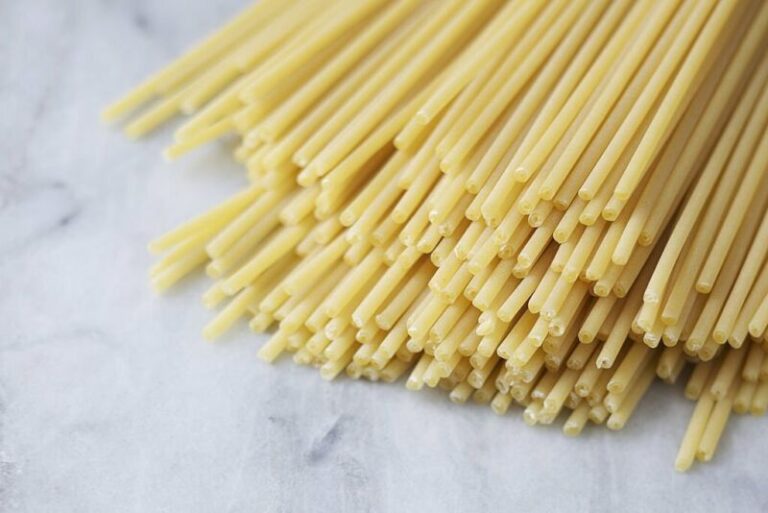How to Tell If an Onion Is Bad?
I love to meal prep and cook in bulk. Stocking up on staple ingredients like onions allows me to save time and money. But with large quantities of produce comes the risk of spoilage. Onions can last 4-6 weeks in the pantry, but how do you really know if an onion has gone bad? As a busy home cook, I’ve learned some simple tricks to test onions for freshness. Read on to find out the best methods for determining if your onions are still good to eat.
Use Your Senses to Detect If an Onion Has Spoiled
Our senses provide the fastest ways to check for onion freshness. Before cutting into an onion, you can get a good idea of its condition just by looking, feeling, and smelling. Here are the top sensory cues that an onion has gone bad:
Smell
Even when fresh, onions have a strong, pungent smell. But if an onion gives off an offensive, rotten, or moldy odor, it’s a clear sign of spoilage. A decaying onion will assault your nostrils with an unmistakable foul stench. Trust your nose – if an onion smells bad, it is bad.
Appearance
Examine onions thoroughly before using. An onion with spots of black, brown, or gray mold is past its prime. Dark blemishes on the outer layers or at the top near the stem indicate the growth of decay. Don’t judge just by color though – brownish or darkened skin can be perfectly normal for older storage onions. Check for actual moldy patches instead.
The onion should also feel firm all over. Wrinkling or soft spots suggest the interior has started breaking down. Press gently on the onion – it should feel solid and resisting. Squishiness, mushiness, or sponginess are not good signs!
Texture
Rub your fingers over the onion’s surface and take note of the texture. A slimy or sticky feeling is a warning that bacteria have taken hold and caused advanced deterioration inside the bulb.
For a more thorough tactile test, try gently squeezing or pinching the onion. Sound onions feel smooth and sturdy throughout. If you detect any overly soft parts that indent under light pressure, the onion is likely spoiled.
Check How Long It’s Been Stored
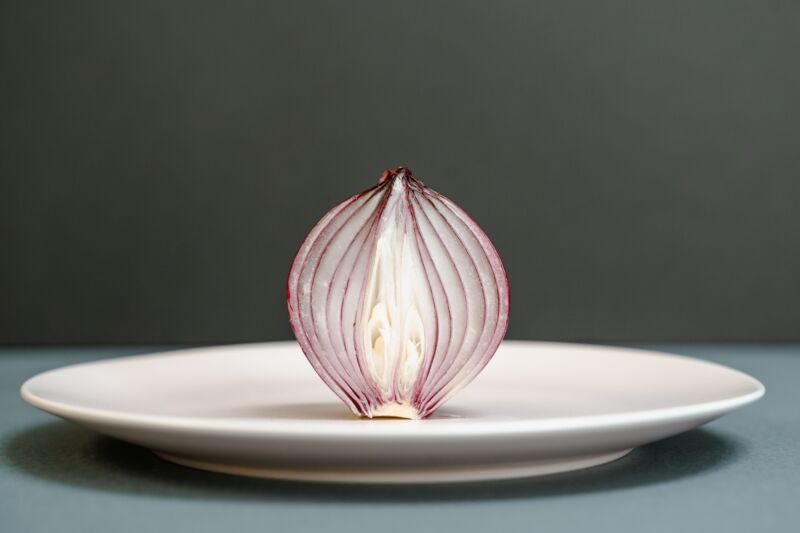
To avoid trying to use onions that are past their prime, pay attention to how long they’ve been stored. Onions can maintain quality for 4-6 weeks at room temperature. I like to label onions with the purchase date so I know when they were bought.
Here are some guidelines for onion storage life:
- Whole, raw onions keep for about a month in the pantry before going bad.
- Refrigerating an onion can extend its shelf life to 1-2 months. The cold temperature slows spoilage.
- Frozen onions stay good for 6-9 months when properly sealed. Frozen onions work well for cooked dishes but lose some crispness.
- Once an onion is cut open, it has just 1-2 days at room temp before microbes start growing.
- Chopped/sliced onions can stay fresher for 1-2 weeks when refrigerated in an airtight container.
Learn Proper Onion Storage Methods
Storing onions correctly helps slow sprouting and decay, giving you more time to use them up. Follow these expert onion storage tips:
Keep in a Cool, Dry Place
Onions like low humidity. Dampness causes mold and speeds up spoilage. Store onions in a dry pantry or cabinet away from moisture. Keeping them in a warm area can also reduce freshness. Choose a spot out of direct sunlight and away from appliances that give off heat.
Sort Through and Remove Any Bad Onions
It’s smart to do a quality check before storing new onions. Discard any onions that are moldy or damaged. One rotten onion accelerates spoilage of the good ones around it. Regularly go through your onion supply and weed out any that feel soft or look off.
Use Airflow Containers for Pantry Storage
The optimal storage for raw onions is in containers that allow airflow. Mesh or netted bags, bamboo baskets, and paper bags with holes work great. The ventilation stops humidity from building up and moisture from getting trapped. Open crates or hanging mesh racks also curb sprouting.
Keep Refrigerated Onions in Sealed Containers
While ventilation is ideal for pantry storage, refrigerated onions need airtight packaging. Tupperware, zipper bags with excess air pressed out, or sealed veggie drawers keep moisture in the fridge from contacting the onions.
Be Aware of Key Onion Storage Warnings
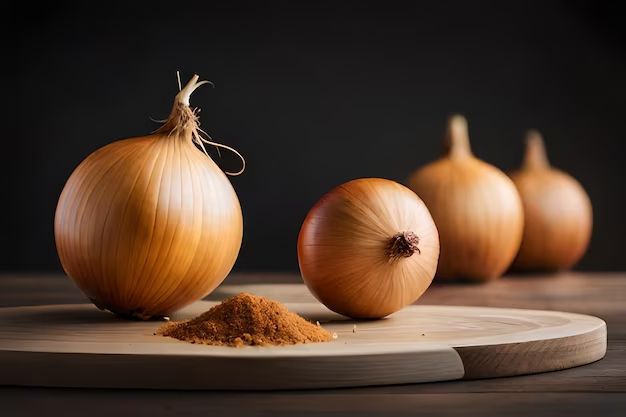
When saving onions for later, keep these important warnings in mind:
Onion Odors Can Linger in Storage Containers
The potent smell of onions tends to cling to bags and bins. Be prepared for storage vessels that held onions to retain residual scents even after washing. The pungent oniony aroma can prove stubborn.
Frozen Onions Lose Some Flavor and Crispness
Freezing lets you keep onions much longer, but it does impact their taste and texture a bit. Thawed onions take on a more muted flavor. They also soften up and lose some juicy crunch.
Discoloration Doesn’t Always Mean the Whole Onion is Spoiled
If outer layers show dark spots or decay, don’t assume the entire onion bulb is a loss. Often you can peel away damaged areas to reveal perfectly good onion underneath. Cut into it and check portions closer to the core.
Watch Out for Onions That Have Sprouted
Onions sold in stores should not have any leafy green shoots emerging from the top. Sprouting signals that the onion is older and nearing the end of its prime. The sprouts sap nutrients and moisture from the bulb. Buy younger unsprouted onions for maximum freshness.
Bruised Onions Deteriorate Faster
Handle onions gently to avoid bruises, nicks, and cuts in the outer skin. Injuries to the protective layers create openings for bacteria and mold to take hold. Damaged onions have a shorter shelf life.
Trust Your Senses to Evaluate Onion Freshness
Now that you know what to look, smell, and feel for, you can easily determine when an onion is past its prime. Rely on your senses of sight, smell, and touch to inspect onions before using. Storage conditions and purchase dates also provide helpful clues to freshness. With these onion testing tricks, you can weed out bad bulbs and enjoy onions at their best!
Conclusion
Having a stock of onions can make home cooking quick and flavorful. But you don’t want to bite into an onion that’s gone bad. Utilize the tips in this article to confidently assess onion freshness. Check for mold, soft spots, sprouts, and off smells. Store onions properly to maximize shelf life. Know the signs of spoilage so you can keep onions around and always have them ready for recipes. Now you can buy onions in bulk without worrying about waste. With a few simple inspection techniques, you’ll avoid accidentally cooking with onions that are past their prime.
